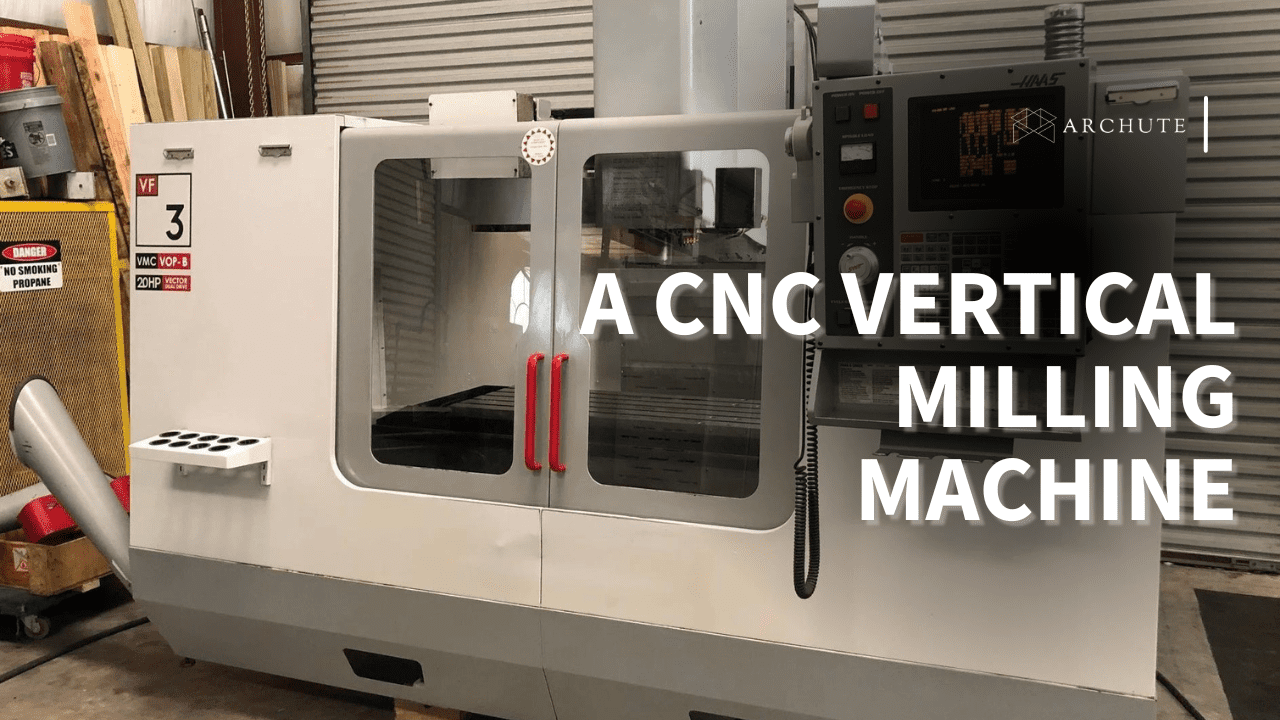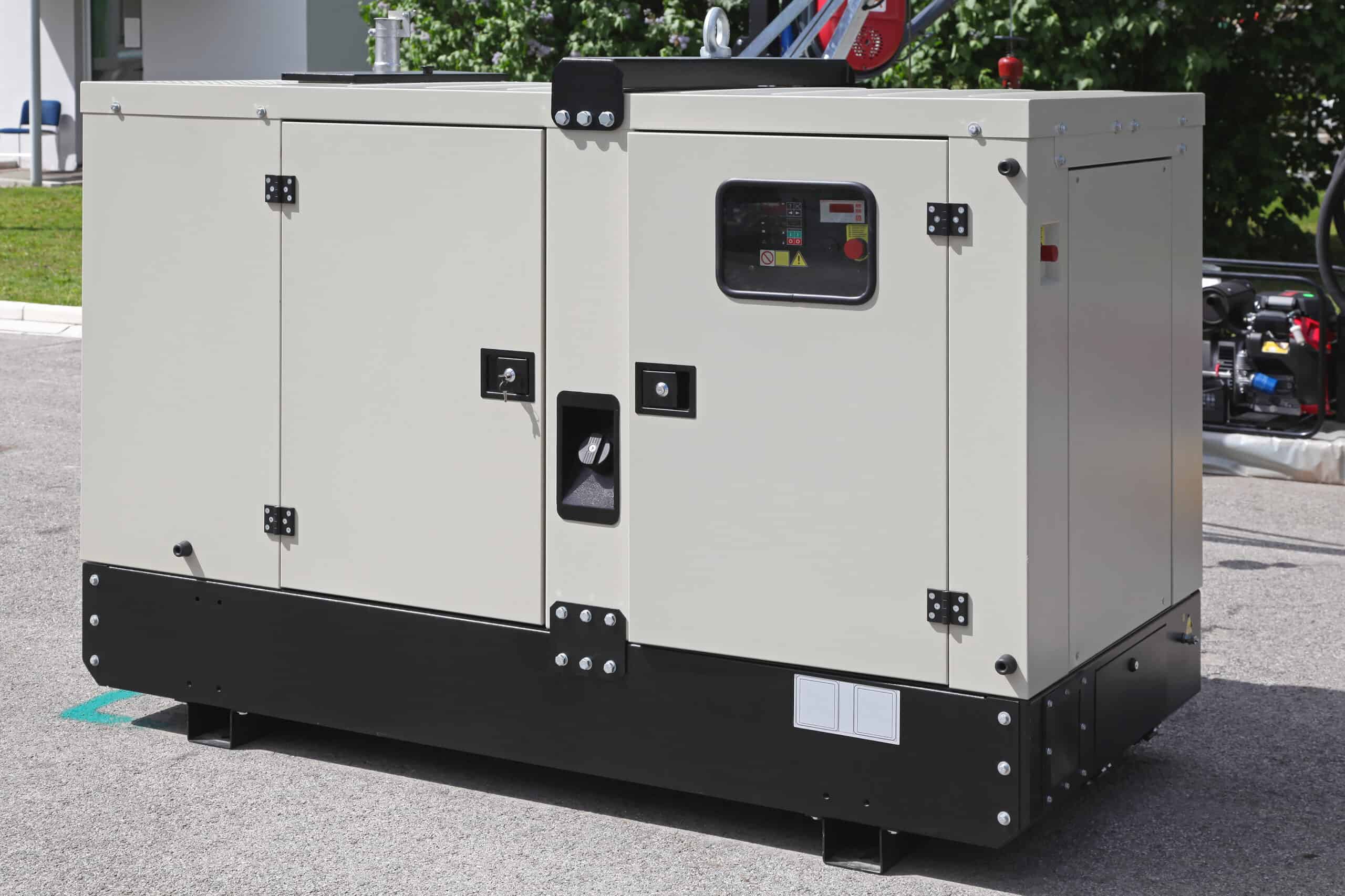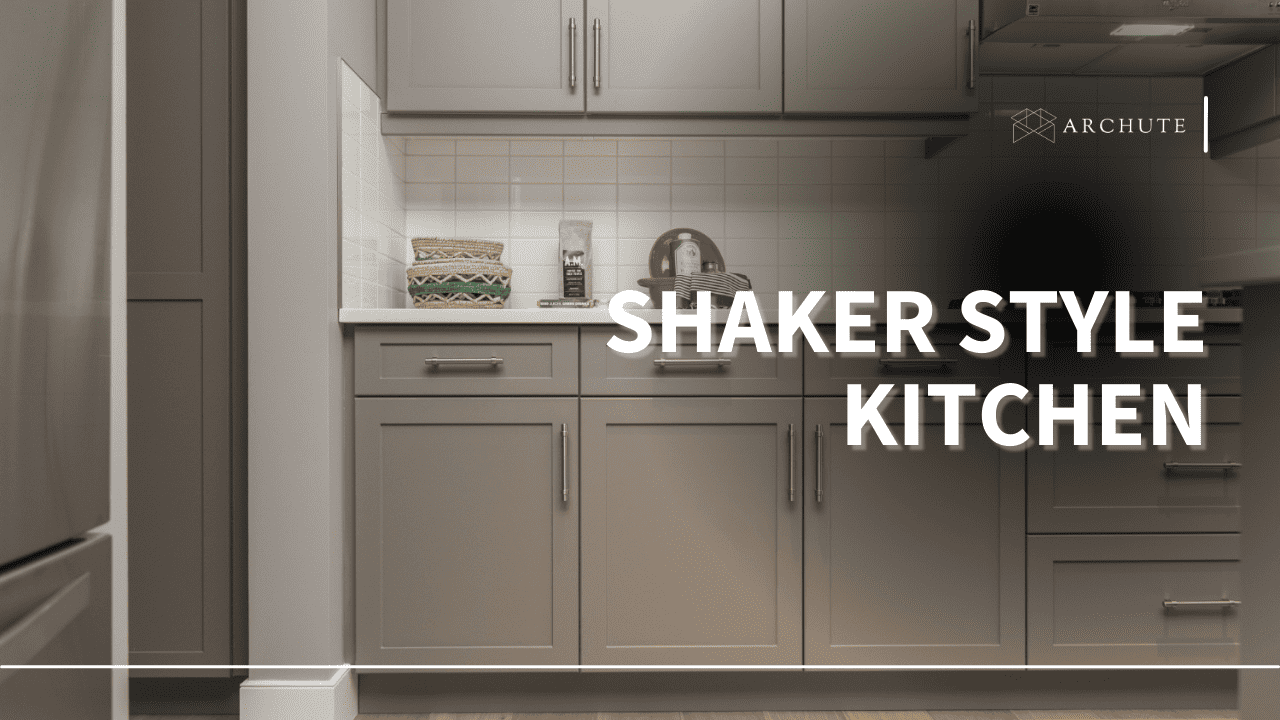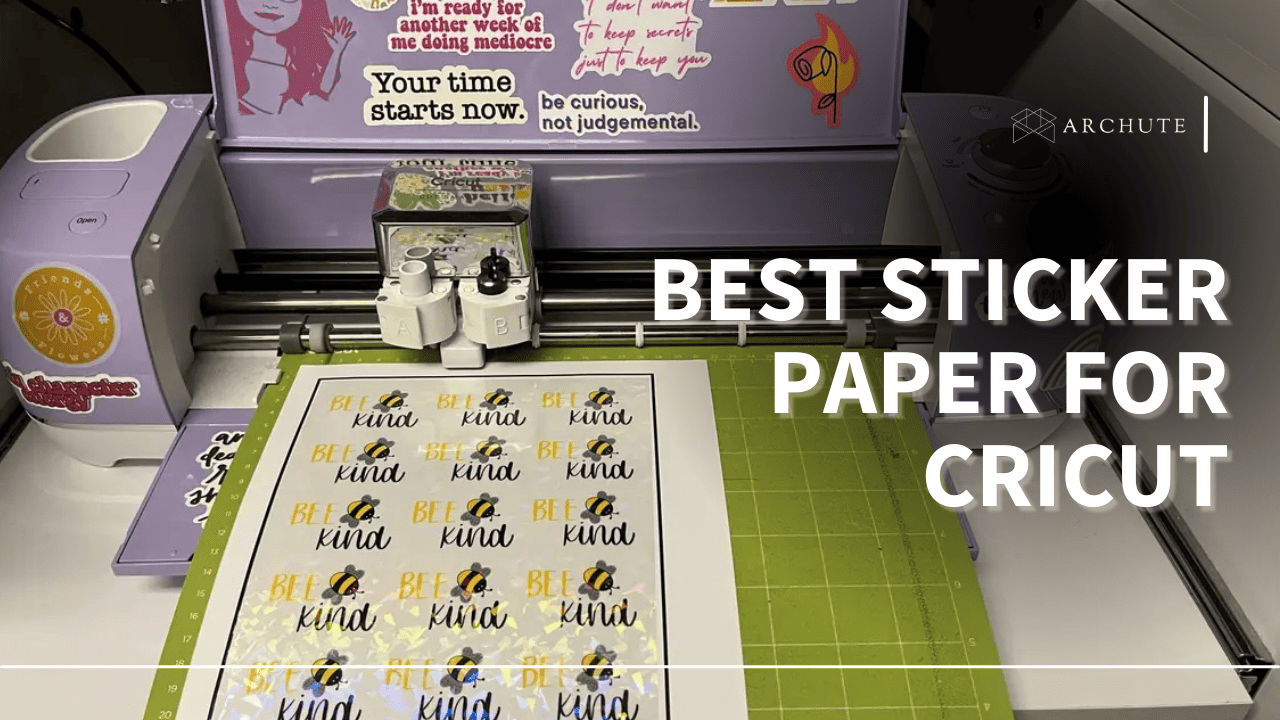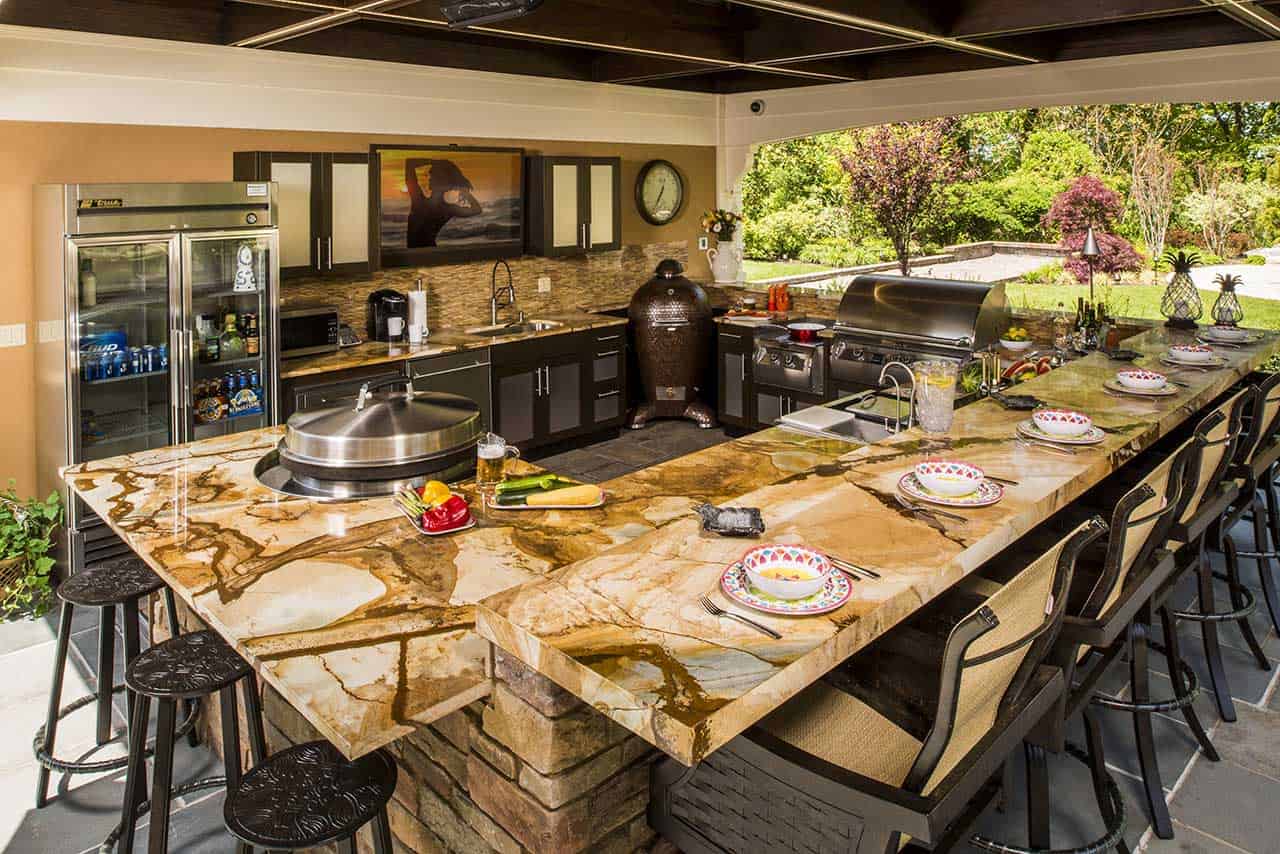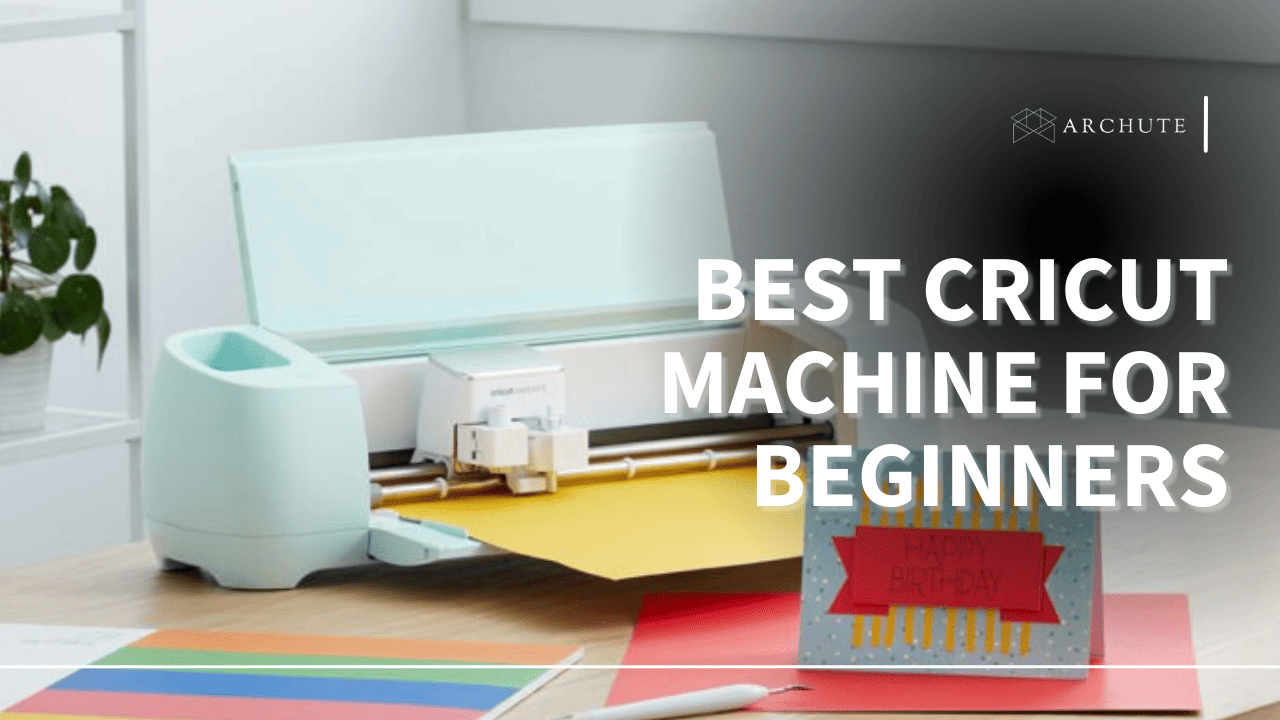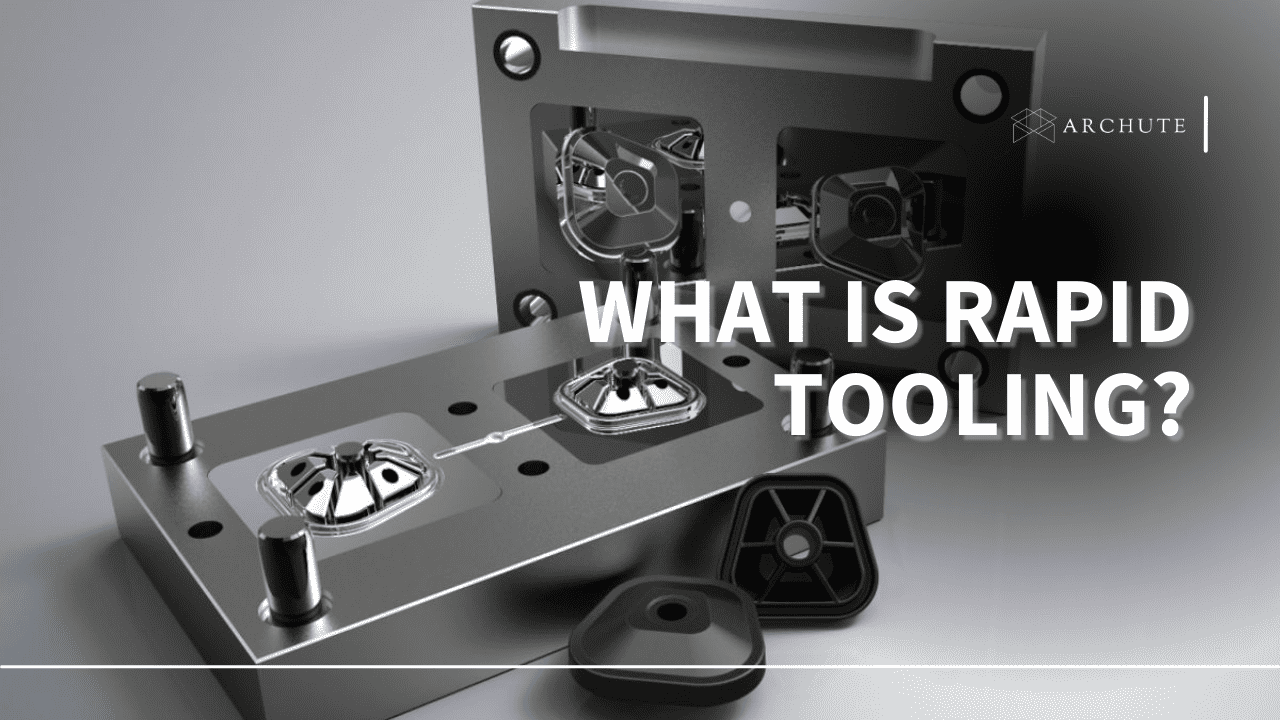Manual and CNC milling is critical in today's metal fabrication industry, allowing a trained machinist to cut and design a workpiece into a high-precision product or parts. And whether you are using a manual or CNC mill, you have two types to choose from: vertical and horizontal milling machines. In this article, we will focus on vertical models. So what is a CNC vertical milling machine?
What Is a CNC Vertical Milling Machine?
As the name implies, a CNC vertical milling machine/machining center has a vertically oriented cutting head or spindle. The R8 spindle usually holds the revolving cutting tool needed to manufacture the workpiece with the help of a drawbar. A quill normally moves the spindle vertically along the Z-axis on certain machines. And the worktable moves along the X-axis, Y-axis, and occasionally up and down the Z-axis, depending on the machine.

Image Source: precisetool.com
Furthermore, the vertical machining centers use rotary cutting tools to remove material from the workpiece's surface. The rotary cutters cut and create details like holes or cuts and carve three-dimensional pieces. Unlike drilling or regular cutting, the tool in the mill usually rotates perpendicular to the workpiece on a designated axis, making numerous distinct cuts to remove chips from the surface.
Vertical CNC milling machines are ideal for projects with a single side of work, such as sectioning or finishing processes like beveling. Besides, these machines are classified into bed mills (bed milling machines) and knee mills (Bridgeport-type machines). Each usually works differently than the other and has distinct advantages.
What Are the Common CNC Vertical Tools and Machining Options?
1. Vertical CNC Machining Centers
Machining centers are the most common piece of CNC equipment and the easiest to program. They are also an essential component of many machine shops.

Image Source: krudoind.com
These systems are ideal for short runs and small sizes and come fully equipped with different tools and tool changers, carousels, and magazines. Besides, they provide coolant and fluid systems, as well as customized enclosures.
2. Vertical CNC Lathes

Image Source: machinetools.net
A CNC lathe machine often comes combined with machining centers for single-setup milling and turning. In addition, they come in various sizes and can perform rapid, accurate cuts while maintaining incredibly tight tolerances.
3. CNC 5-Axis Machines

Image Source: fanucamerica.com
These tools are among the most advanced milling machine centers. They are operated across five axes to generate 3D parts with great complexity, precision, and speed, even for the most challenging designs.
What Are the Uses of CNC Vertical Milling Machines?
1. CNC vertical mills are great for prototyping, engraving, or custom work.
2. Great for manufacturing automotive parts such as shafts, pins, gears, etc.
3. You can use CNC vertical machining centers to make agricultural parts such as livestock gates and farm equipment.
4. A vertical machining center has variable spindle speeds and features that can complete simple and complicated metalworking projects and be used as a router for large flat plate machines.
5. The vertically oriented CNC tools can drill, bore, face, and slot, making them vital in most tooling used in manufacturing processes and industry-specific machinery.

Image Source: scoopbyte.com
6. CNC vertical milling machines are quite versatile; they can be used in vocational schools and scientific laboratories as they are handy teaching tools for students to understand the CNC milling production process.
7. A vertical CNC machine has high adaptability and flexibility. For example, when you change the machining object, you will only need to build and input new programs, modify specific program segments, or use special instructions occasionally.
Besides, using the zoom feature allows the creation of designs with the same shape but different sizes. This is extremely handy for small-batch, single-piece, multi-variety production, and new product trials and considerably reduces the production preparation and trial manufacturing cycle.
What Are the Advantages of CNC Vertical Mill Machines?
1. Versatility
As mentioned earlier, vertical machining centers can perform the same operations as horizontal milling machines, including boring, drilling, engraving, tapping, etc.
2. Variety of Styles

Image Source: cncmachines.com
Vertical mills usually come in various sizes, from small benchtop mills used by hobbyists to bigger units that require more space.
3. Visibility
Bridgeport-style mill provides you with enhanced visibility because of the orientation's openness. This is handy for slower projects that need special attention to detail.
4. Smaller Investment
Knee mills usually have one-to-five-horsepower motors and smaller castings than horizontal milling machines, meaning they are not as expensive.
5. Easier Maintenance & Repair
When it comes to maintenance and repair, vertical milling machines are more straightforward than horizontal machines because the one-piece tool head reduces the need for complicated gearing inside the vertical column.
6. Features a Movable Quill

Image Source: prototypehubs.com
The CNC vertical milling features a moveable quill that advances and retracts an end drill or mill bit without turning the milling table on the Z-axis. This increases productivity by allowing the machinist to remove the tool and clean chips from a hole.
7. Angle Cuts
Another advantage of the vertical mill is its ability to create angle cuts. Using a vertical CNC machine, the operator can rotate the spindle to achieve an angle cut, unlike with a horizontal milling machine.
8. Enhanced Safety
When operating a vertical CNC machine, you only need to enter the code and let it do the work. Aside from that, the process is completely automated. You also don't have to operate near the cutting tools, which can enhance workplace safety.
9. Supports a Wide Range of Materials
CNC vertical milling machines are compatible with a wide range of materials like metals, plastics, composites, rigid foam, carving foam, and phenolic materials. On the other hand, consider the design tolerance, stress resistance, hardness, fastening, and heat tolerance when it comes to material selection.

